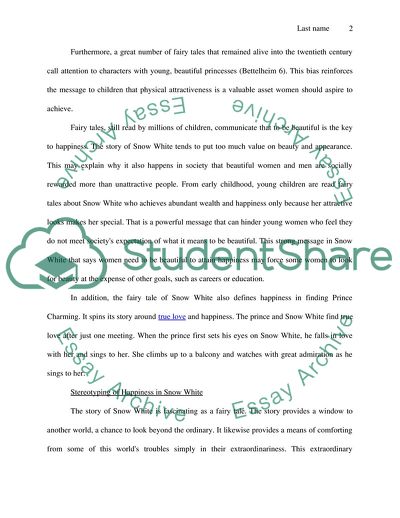Cite this document
(Stereotypes of Happiness in Movies: Disneys Snow White Movie Review Example | Topics and Well Written Essays - 1250 words, n.d.)
Stereotypes of Happiness in Movies: Disneys Snow White Movie Review Example | Topics and Well Written Essays - 1250 words. https://studentshare.org/visual-arts-film-studies/1717603-stereotype
Stereotypes of Happiness in Movies: Disneys Snow White Movie Review Example | Topics and Well Written Essays - 1250 words. https://studentshare.org/visual-arts-film-studies/1717603-stereotype
(Stereotypes of Happiness in Movies: Disneys Snow White Movie Review Example | Topics and Well Written Essays - 1250 Words)
Stereotypes of Happiness in Movies: Disneys Snow White Movie Review Example | Topics and Well Written Essays - 1250 Words. https://studentshare.org/visual-arts-film-studies/1717603-stereotype.
Stereotypes of Happiness in Movies: Disneys Snow White Movie Review Example | Topics and Well Written Essays - 1250 Words. https://studentshare.org/visual-arts-film-studies/1717603-stereotype.
“Stereotypes of Happiness in Movies: Disneys Snow White Movie Review Example | Topics and Well Written Essays - 1250 Words”. https://studentshare.org/visual-arts-film-studies/1717603-stereotype.


